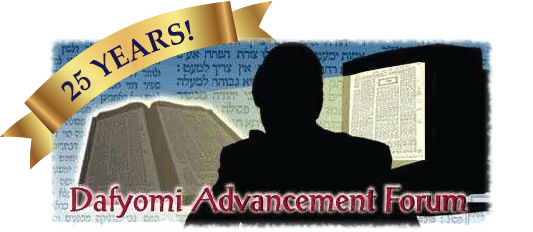What do we learn from "b'Mar'os Elokim"?
Rashi: Hashem did not truly bring him there. He only showed him as if he was there. Malbim ? this teaches also that there he saw the known vision, or the Merkavah (refer to 43:3:1:3). The vision of the Mikdash parallels the supreme Merkavah.
Was it a tall mountain?
Rashi: In the future it will be tall ? "v'Nisa mi'Geva'os" (Yeshayah 2:2).
Radak: This is Har ha'Bayis. He showed to him that it is very tall, for it will be very elevated ? "Nachon Yihyeh Har Beis Hashem b'Rosh Harim v'Nisa mi'Geva'os." It itself is high ? Eretz Yisrael is higher than all other lands. and Yerushalayim is higher than all of Eretz Yisrael. The Beis ha'Mikdash will be built in the mountain, like it was, and the city Yerushalayim is near it, to the south. He showed to him the future Bayis, just like He showed to him Churban [of Bayis Rishon], to console Beis Yisrael who were exiled. Their hope is not lost; they will return to the land and dwell in it serenely. Binyan ha'Bayis will be greater than it was initially.
What is the meaning of "[Alav] k'Mivne Ir"?
Rashi: Like the building of the city. Radak - k'Mivne is a noun, Samuch [to Ir]. Its grammatical form is like Mikneh. "Alav" means near, like "v'Alav Mate Menasheh" (Bamidbar 2:20). He saw it like a built city, or they were building it. He saw the overseer of the builders measuring the length and width, how to build.
Where is "mi'Negev"?




